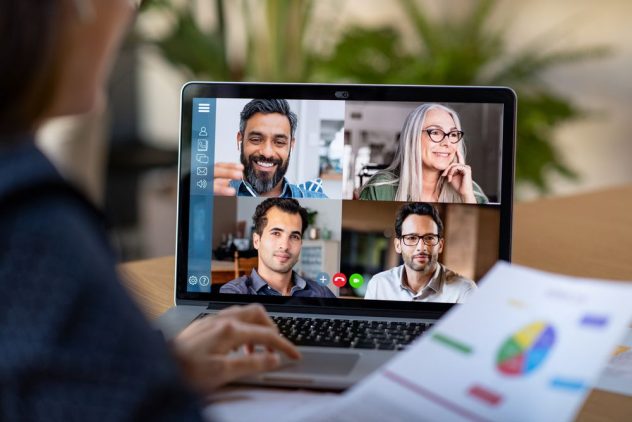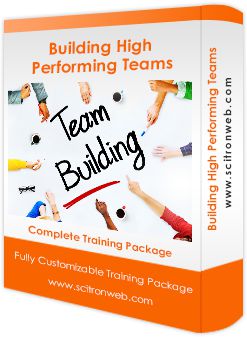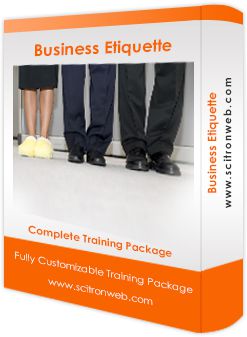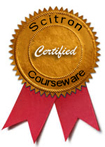Are you struggling to catch up with the shift from face to face to virtual training? are your training programs ready for the shift? Surely you will need to make some changes to make your content ready for the virtual classroom.
The following are 4 key considerations you need to keep in mind when identifying content that is appropriate for the virtual classroom.
Identify your instructional goal and performance objective
The first step when evaluating how appropriate your content is for the virtual classroom is very straightforward, you need to know what you want learners to understand and how this new understanding can be validated. This means you have to identify two things: 1- Your instructional goal, 2- Your performance objective. Your instructional goal is the mission statement of the course, why is this course important or could be why your company/customer is investing in this course. Your performance objective is what the learner will be able to do after the training event. It’s the WIIFM (what’s in it for me) of the learner.
Determine potential assessment needs techniques
Once you’ve identified both your instructional goal and performance objective, the next step is to establish how you will assess the learners to evaluate if they really got it. Since identifying where you need to end up will give you a very good idea how to get there, you need to establish what kind of testing or assessment will be needed to evaluate the learning and can this testing be done online or not?
Determine if collaboration would improve the learning outcomes
Is there a purpose for bringing people together? to work collaboratively. Does the topic require the synergy of a group where everyone is working off of one another? We all know that it’s very easy for online class participants to get alienated if not kept engaged. However, just because you can turn an activity into a collaborative exercise doesn’t mean you should. A key point here we want to highlight is that we should only use collaboration if it will add to and improve the learning experience.
Determining the authentic training technique.
When possible train the objective in the manner in which it will be applied. Make it real and authentic for learners. Means you as a course designer must strive to provide contextual learning. Consider the authentic or the contextual technique for each of your objectives then ask yourself if this can be done virtually and if yes, how? For example, if you are teaching someone how to drive a car a contextual learning here would be to put the learner in a car to practice driving so the training is contextual. Another example if you are training a customer service representative who deals with customer from his/her desk then it would make sense for this person to attend the training virtually from their desk/workstation.
Keep those 4 key considerations in mind while you prepare yourself and your content for the virtual classroom and look out for more tips from us on this topic. Best of luck on your upcoming virtual classes.








